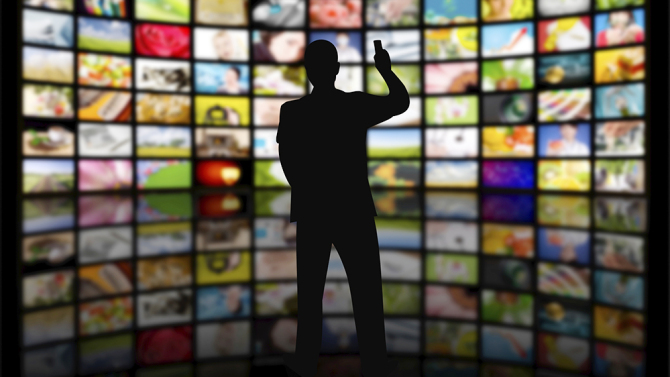Business

M&E Journal: Consumers: We Value Your Purchase
Story Highlights
By Guy Finley, Executive Director, MESA
From M&E Journal Spring 2016
To convey this simple message to consumers, the industry must unite around interoperability
I am usually the guy who is up on stage, singing “Kumbaya” and preaching that there is so much that we can do together to improve our individual businesses if we work together as an industry. If we stay vigilant for the opportunity, learn our lessons from other industries (or other entertainment formats) and concentrate on transforming M&E through technology, we all succeed.
Maybe it’s the election cycle, but as a digital home entertainment consumer I’m angry and need to vent! From a digital sell-through consumer perspective, home entertainment is so busy trying to squeeze the last drops from the physical media fountain that it has missed the whole point about “going digital.” Digital home entertainment is more fractured than ever when you look at it from a “consumer experience” perspective; our home entertainment divisions are not providing the consumer exactly what they want regardless of where they buy it.
So where did we go wrong? And why can’t we leverage our collective strength to “stop the insanity”?
The issue is simply that, if you buy a movie somewhere, anywhere, it should be available to you in every ecosystem that you use. As an industry we have missed the fundamental fact that the consumer in this digital age wants their content libraries at their fingertips at any moment and anywhere they go
Home entertainment sell-through is now all about customer service and instant availability. We are seeing the biggest fundamental shift of consumer behavior since the inception of the home entertainment category; it’s not about shiny, dangly objects anymore but about how we collectively start to approach this “new” consumer. Content availability has become a customer service issue rather than a monetization strategy and the companies that embrace this change will be the ones that flourish.
Yes, we should applaud and support the innovation and investment being made by all of the existing and emerging (or re-emerging) platforms/services that enable sell-through of Hollywood content. But where we’ve gone wrong as content creators is in alienating the consumer who purchases a movie in one retail environment without it showing up in others.
The value proposition
Of the eight major digital distribution platforms here in the U.S., two are studio driven (M-Go/Fandango/Flixster, Disney Movies Anywhere); two are retailer-driven (Vudu, Cinema Now); and four are device/ ecosystem-driven and blur the lines between retail and content creator (Amazon Video, Sony PlayStation Store, Google Play, Microsoft Movies & TV). You’ll notice that Apple is absent from this list (on purpose) but my theory is that, if we coalesce the entire digital market around the customer service “value proposition”, it (Apple) will be dragged along by its customers as well.
At a bare minimum, the content purchased across these eight ecosystems should be interoperable; there is no (good) reason why they shouldn’t be. Vudu is the best example because it allows you to collect both DMA and UV titles in your locker (and by-proxy it includes Disney iTunes purchases). Why doesn’t Amazon have this same customer service feature? Why doesn’t Google Play support UV?
With a variety of small, new players pushing disruptive models our customers’ way, the least our industry could offer is a certain level of consumer confidence that we care about how and where they watch our content. This could also help on the piracy front since our complicated business model introduces a risky “piracy window” where the only way to watch online is through a nefarious site.
Consumers don’t understand the ins and outs of the deals we make in Hollywood and, frankly, don’t care. They live within their own family/friend ecosystems and expect everything that they own to work the way they want it to. Why wouldn’t we make ubiquity our industry’s ultimate goal? It is time we start delivering a consistent message to all of our consumers: “We value your purchase and it will enrich your life wherever you choose to do business.”
As an industry we need to break through whatever is holding back our “negotiations” with the various ecosystem players and collectively start looking at the consumer as our most trusted partner. Once we build the requisite technology and get this message across, we will then sail through this period of disruption and finally settle down to a long, sustainable renaissance of the home entertainment business.









